Jiangsu Province
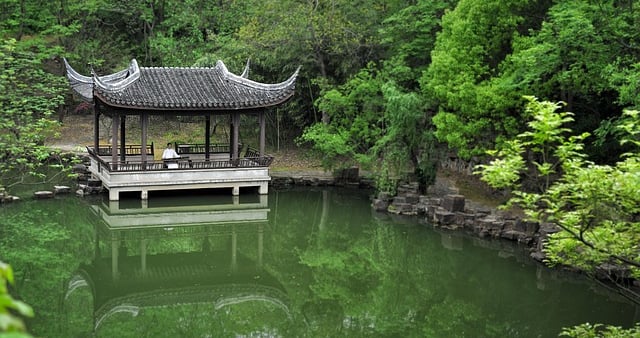

Introduction
Jiangsu Province occupies a key position along China’s eastern coast, bordering the Yangtze River and the Yellow Sea. With more than 80 million people, it combines fertile plains, rivers, lakes, and a long maritime coastline, where commerce, culture, and industry converge.
From historic towns such as Nanjing, Suzhou, and Yangzhou to modern industrial centers, Jiangsu has long been a land where past and present intertwine. Its location along the Yangtze and the coast has ensured its importance as a transport, economic, and cultural hub, shaping regional identity for centuries.
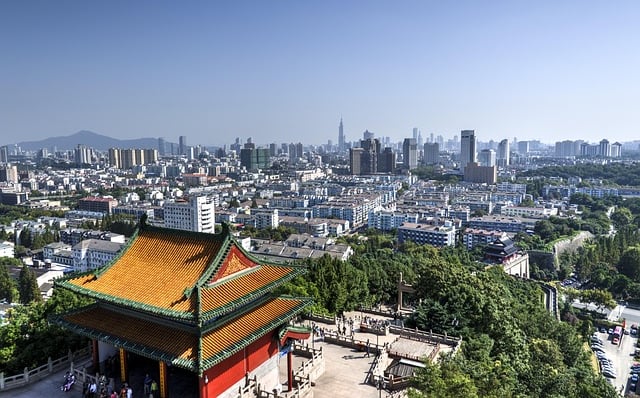

Geography and Key Cities
Jiangsu stretches along the lower reaches of the Yangtze River, with numerous lakes including Taihu and Hongze, and a flat, fertile plain interspersed with rivers, canals, and dikes. The climate is humid subtropical, with hot, humid summers, frequent rainfall, and mild winters influenced by monsoons.
Nanjing, the provincial capital, is a historic and cultural hub, connecting railways, highways, and river traffic.
Suzhou, famous for classical gardens and canals, preserves ancient architecture and silk traditions.
Yangzhou maintains historic city walls, gardens, and waterways, while industrial cities like Wuxi and Xuzhou form manufacturing and
logistics centers. Other key cities include Changzhou, known for heavy industry, and Taizhou, with river and coastal trade significance.
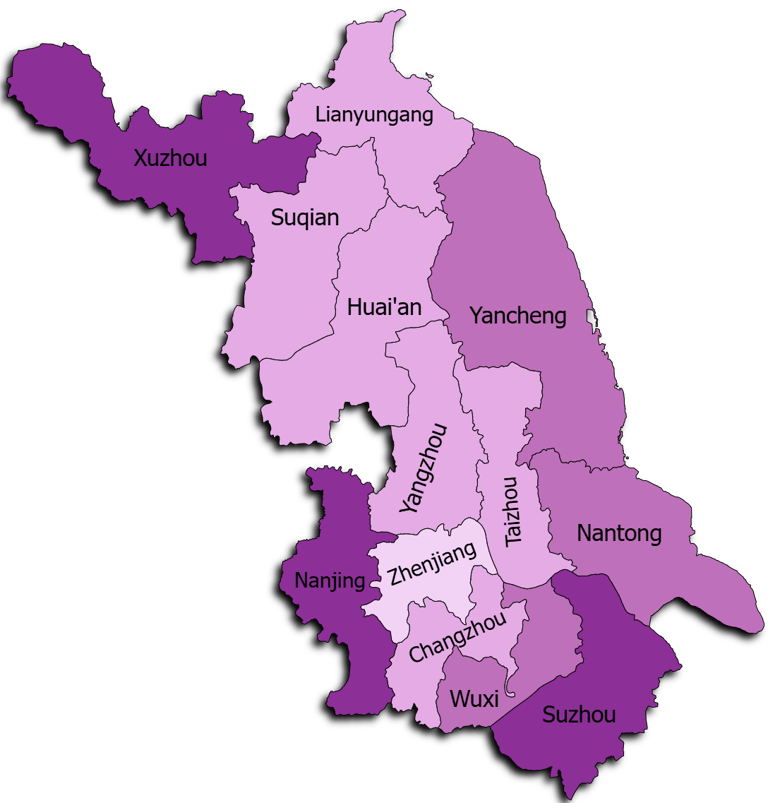



Jiangsu’s history stretches back to prehistoric settlements along the Yangtze and Huai rivers. The region was a key player during the Spring and Autumn and Warring States periods, home to the Wu and Yue kingdoms, leaving a legacy of ancient city walls, canals, and cultural traditions. In later dynasties, cities like Nanjing became political capitals, while Yangzhou thrived as a hub of the salt trade and wealthy merchants, shaping Jiangsu’s reputation for commerce and culture.
During more recent history, Jiangsu saw turmoil and transformation, from the Taiping Rebellion to battles of the Second Sino-Japanese War, and played an important role in the Republican era. Today, the province blends ancient heritage with modern cities, industry, and trade, maintaining its position as both a cultural heartland and an economic powerhouse along the eastern seaboard.
Historical Background
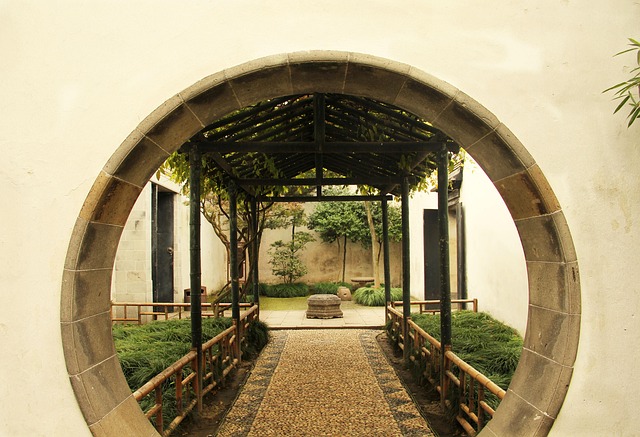

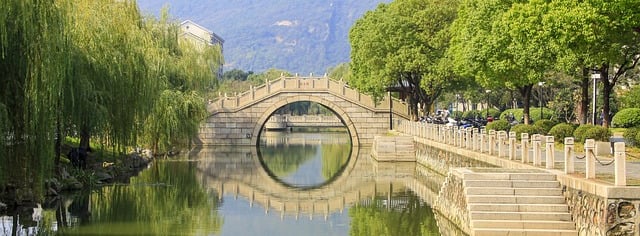

Nature and Landmarks
Jiangsu combines rivers, lakes, canals, and gardens with historical landmarks. Taihu Lake and Hongze Lake support fisheries, wetlands, and lotus blooms, while the Grand Canal connects the province’s towns and cities. Classical gardens in Suzhou, Nanjing, and Yangzhou showcase architectural and horticultural mastery, with waterways, pavilions, and rockeries.
Historic city walls, temples, and pagodas abound, including Confucius Temple in Nanjing, Slender West Lake in Yangzhou, and ancient bridges across canals.
These landscapes show Jiangsu’s dual nature: elegant waterways and gardens alongside bustling urban and industrial centers.
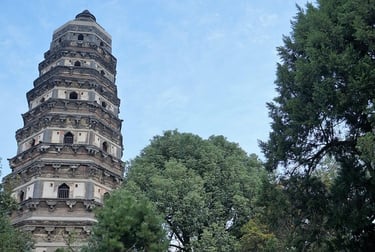

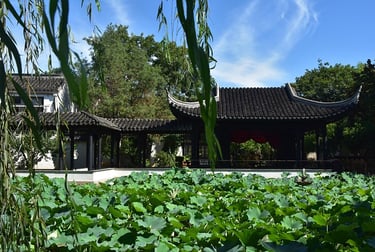

Culture and Cuisine
Jiangsu’s culture is deeply connected to its waterways and lakes. Life along the Yangtze River and Grand Canal has shaped local customs, trade, and crafts for centuries. Towns like Suzhou are famous for their gardens and canals, while Yangzhou developed as a salt-trading hub. Local communities celebrate seasonal festivals, boat races, and temple fairs, keeping centuries-old traditions alive and tied to water and commerce.
Language and arts vary across the province. Wu dialects remain strong in the south, preserving local identity, while Mandarin dominates official and urban settings. Silk weaving, embroidery, and calligraphy reflect Jiangsu’s historical emphasis on refinement and learning, and shadow plays and Kunqu opera remain important expressions of folk culture.
Food in Jiangsu focuses on fresh, light, and slightly sweet flavors, often using freshwater fish, seafood, and local vegetables. Rice is central, and local lakes provide a variety of aquatic produce. Notable dishes include:
Taihu Lake whitefish, lightly steamed to highlight freshness,
Yangzhou-style stir-fried rice, with vegetables and small meats,
Lion’s head meatballs, slow-cooked in a rich broth,
Steamed freshwater crab, a seasonal delicacy,
Red-braised pork, sweet and tender,
Crystal shrimp, showcasing delicate flavors,
Sesame noodles, popular across cities for breakfast or snacks.
Compared with northern provinces, Jiangsu cuisine is subtle, fresh, and refined, reflecting the region’s network of rivers and lakes, long history of trade, and urban cultural heritage.
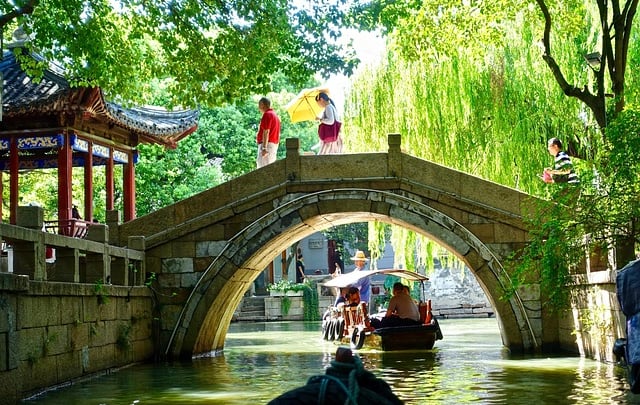

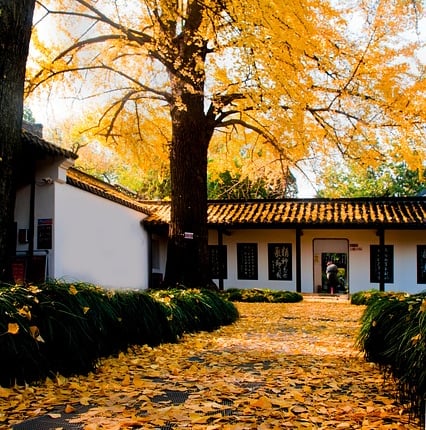

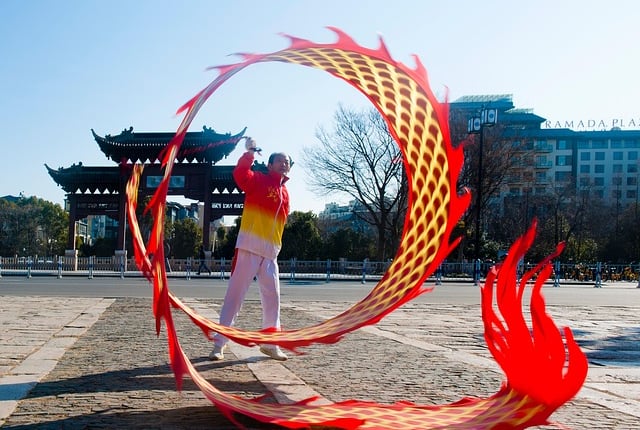

Economy and Modern Development
Jiangsu is one of China’s most dynamic provinces. The Yangtze River Delta has allowed cities like Nanjing, Suzhou, Wuxi, and Changzhou to grow into major hubs for manufacturing, trade, and technology.
Suzhou blends industry with tourism, famous for its classical gardens and canals, while Nanjing focuses on research, education, and transport, connecting Jiangsu to the rest of China. The province also attracts visitors to historical towns, lakes, and cultural sites, which support a thriving tourism sector.
The province’s economic growth has deep roots. Jiangsu developed early thanks to its location along the Grand Canal, rivers, and the coast, which encouraged trade, crafts, and markets centuries ago. Small industries and workshops grew into larger manufacturing clusters, laying the foundation for modern high-tech and export industries.
Today, Jiangsu balances history and modernity. Ports, industrial zones, and tech parks drive the economy, while traditional crafts, river-based trade, and cultural heritage remain visible in daily life.
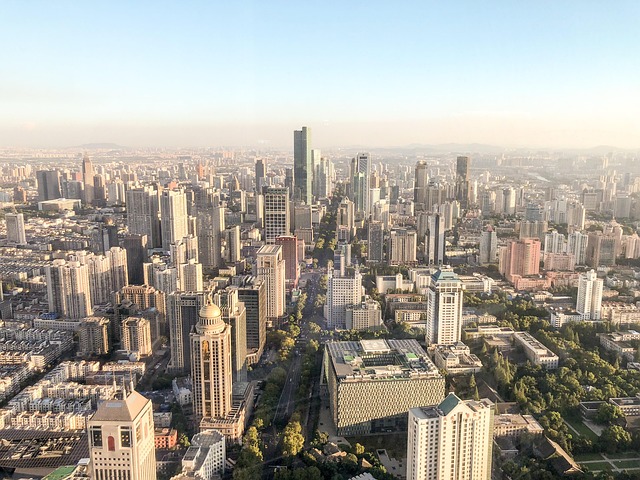



Jiangsu has produced influential figures across politics, literature, science, and the arts. Scholars, poets, and painters from Suzhou, Nanjing, and Yangzhou shaped classical Chinese culture, while modern reformers and scientists contributed to education, industry, and governance. The province is known for inventors, educators, and cultural leaders, reflecting centuries of scholarship and commercial prosperity.
Jiangsu is also renowned for opera traditions such as Kunqu and Jiangsu storytelling, making it a cultural beacon. In modern times, the province continues to produce writers, entrepreneurs, scientists, and athletes who embody its historical, artistic, and economic legacy.
People and Notable Figures
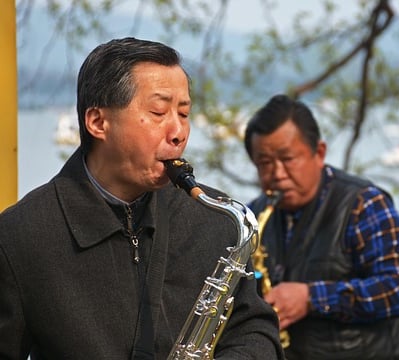

Current Trends and Daily Life
Daily life in Jiangsu mixes vibrant cities with rivers, canals, and traditional villages. In Nanjing, people commute by subway, buses, and ferries, while towns along the Yangtze River and Grand Canal focus on rice farming, freshwater fish ponds, and local handicrafts. Daily markets, tea houses, and riverside promenades are central to community routines, and festivals like dragon boat races, temple fairs, and lantern celebrations continue to bring neighbors together.
Cultural and recreational life is rich. Residents enjoy classical gardens in Suzhou, lakeside walks in Wuxi, and historical sites in Yangzhou, while street food, local markets, and small craft shops reflect centuries of local traditions.
Despite modernization, Jiangsu preserves its waterways, canals, and historic neighborhoods, blending everyday urban life with a sense of history. Life here balances modern convenience with cultural heritage, making the province lively and rooted in its past.
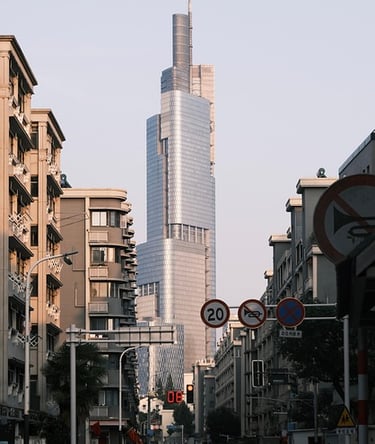



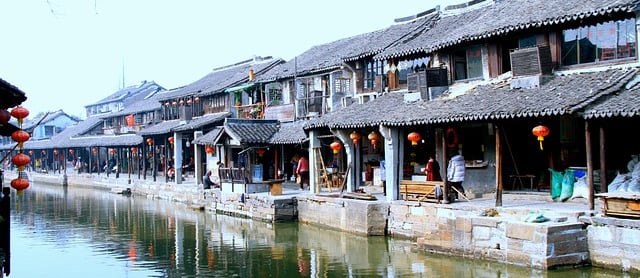

Practical Travel and Tips
Best time to visit: Spring and autumn offer mild weather and scenic blooms, summer is hot and humid, and winter is cool but dry
Getting there: Nanjing is a major transport hub with high-speed rail, river ports, and an international airport, providing easy access from most major Chinese cities
Highlights: Suzhou classical gardens, Yueyang Tower, Slender West Lake, Nanjing city walls, Taihu Lake, Grand Canal towns
Local etiquette: Expect practical, polite manners, respect temple rituals and canal-side traditions
Insider tip: Try sweet and sour mandarin fish in Suzhou, explore classical gardens for cultural immersion, and visit Nanjing for historical landmarks and river views.
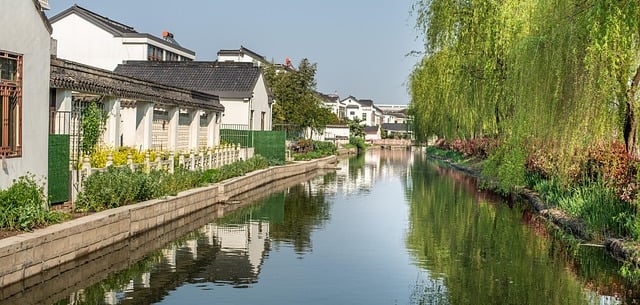







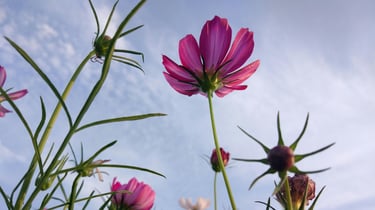





Climate
Plant and animal life
Agriculture
Manufacture
Climate Jiangsu has a humid subtropical climate, with hot, humid summers and cold, damp winters.
Summer temperatures often reach 33–35°C, accompanied by heavy rainfall from the East Asian monsoon, while winters hover around 0–5°C, with occasional frost and snow in the north.
Spring and autumn are mild and comfortable, with moderate rainfall and abundant sunshine, creating fertile conditions for agriculture and tourism.
Compared with northern provinces, Jiangsu’s climate is wetter, more humid in summer, and less extreme in winter, supporting dense population and productive farmland.
Jiangsu’s low-lying plains, rivers, lakes, and canals support diverse freshwater and wetland ecosystems.
Extensive wetlands and lakes, such as Taihu, provide habitats for lotus, reeds, migratory birds like egrets and cranes, and numerous freshwater fish species.
Forested areas include pine, poplar, and bamboo, while wildlife features foxes, rabbits, and amphibians.
Jiangsu’s flora and fauna are closely tied to its water-rich landscapes and subtropical-temperate climate, creating fertile land and rich biodiversity.
Jiangsu is a key agricultural province, with rice paddies dominating the Yangtze delta and wheat, rapeseed, cotton, and tea also cultivated.
Aquaculture is highly developed, producing carp, crabs, and other freshwater fish. Fruit orchards yield peaches, pears, and persimmons, while vegetables, mulberries, and lotus roots further diversify production.
The province’s fertile plains, dense water networks, and modern irrigation techniques allow highly productive agriculture, supporting dense populations and linking local food supply with broader regional markets.
Jiangsu’s industry is highly diversified, blending traditional manufacturing with high-tech development.
Suzhou, Wuxi, and Nanjing are hubs for electronics, machinery, textiles, chemicals, and automobiles, while port cities like Lianyungang facilitate international trade and logistics.
The province also emphasizes finance, research, and tourism, including historic water towns and lake resorts.
Compared with other provinces, Jiangsu combines strong industrial capacity with modern service industries, leveraging its infrastructure, skilled workforce, and location in the Yangtze River Delta.
Navigation
Main Menu
nathan.china-sphere.com
© 2025. All rights reserved.